| [1] | K. Finkenzeller, RFID handbook: radio-frequency identification fundamentals and applications, 2nd Ed., Wiley & Sons, Inc., New Jersey, USA, 2004. |
| [2] | R. Bhochhibhoya, Mobile tag reading in a multi-reader RFID environment, M. Sc. Thesis, Pokhara University, Nepal, India, 2005. |
| [3] | W. Arts, E.D. Mulder, B. Preneel, G.A. Vandenbosch, and I. Verbauwhede, “Dependence of RFID reader antenna design on read out distance,” IEEE Trans. on Antennas and Propag., vol. 56, no. 12, pp. 3829-3837, December 2008. |
| [4] | S. H. Zainud-Deen, Hend A. Malhat, and K. H. Awadalla, “Circular polarized dielectric resonator antenna for portable RFID reader using a single feed,” International Journal of Radio Frequency Identification & Wireless Sensor Networks, vol. 1, no.1, 2011. |
| [5] | S. H. Zainud-Deen, Hend A. Malhat, and K. H. Awadalla, “Octafilar helical antenna for handheld UHF-RFID reader,” International Journal of Radio Frequency Identification & Wireless Sensor Networks, vol. 1, no.1, 2011. |
| [6] | C.F. Tseng, C.L. Huang, and C.H. Hsu, “A wideband planar inverted-F dielectric resonator antenna for RFID system applications,” Microwave and Opt. Tech. Letters, vol. 48, no. 7, pp. 1302-1305, July 2006. |
| [7] | Z. Sun, S.S. Zhong, X.R. Tang, and K.D. Chen, “Low-side lobe circular-polarized microstrip array for 2.45 GHz RFID readers,” Microwave and Opt. Tech. Letters., vol. 50, no. 9, pp. 2235-2237, September 2008. |
| [8] | M. Abbak, and I. Tekin, “RFID coverage extension using microstrip-patch antenna array,” IEEE Antennas and Propag. Magazine, vol. 51, no.1, pp. 185-191, February 2009. |
| [9] | M. Bogosanovie, and A.G. Williamson, "Microstrip antenna array with a beam focused in the near field zone for application in noncontact microwave industrial inspection,” IEEE Trans. on Instruments and Measurements, vol. 56, no. 6, pp. 2186-2495, December 2007. |
| [10] | J.T. Loane, and S. Lee, "Gain optimization of near field focusing array for hyperthermia applications," IEEE Trans. on Microwave Theory and Techniques, vol. 37, no. 10, pp. 1629-1635, October 1989. |
| [11] | F.R.L. Silva, M.T. de Melo, and M.D. Lourenc¸ O. Junior, “Coplanar antenna array design with stubs over dipoles for RFID applications,” Microwave and Opt. Tech. Letters, vol. 50, no. 4, pp. 877-879, April 2008. |
| [12] | H.T. Chou, T.M. Hung, N.N. Wang, H.H. Chou, C. Tung, and P. Nepa, "Design of a near field focused reflectarray antenna for 2.4 GHz RFID reader applications ," IEEE Trans. Antennas Propag., vol. 59, no. 3, pp. 1013-1018, March 2011. |
| [13] | H.T. Chou, C. Tung, T.M. Hung, H.H. Chou, and P. Nepa, “Design of a near field focused reflectarray antenna for RFID reader applications, ” in Proc. IEEE Antennas and Propag. Soc. Int. Symp., vol. 48, Toronto, Canada, June 2010. |
| [14] | S. H. Zainud-Deen, Hend A. Malhat, and K. H. Awadalla, “Near-field focused DRA Array for fixed RFID reader,” International Journal of Radio Frequency Identification & Wireless Sensor Networks, vol. 1, no.1, 2011. |
| [15] | R. Siragusa, P. Lemaître-Auger, and S. Tedjini, “Tuneable near-field focused circular phase-array antenna for 5.8-GHz RFID applications,” IEEE Antennas and Wireless Propag. Letters, vol. 10, pp. 33-36, January 2011 |
| [16] | R. Schuhmann, T. Weiland, W.H. Schilders, E.J. Maten, and S.H. Houben, “Recent advances in finite integration technique for high frequency applications,” Scientific Computing in Electrical Engineering, vol. 4, pp. 46-57, 2004. |
| [17] | J. L. Volakis, A. Chatterjee, L. C. Kempel, Finite element method for electromagnetic : antennas, microwave circuits, and scattering applications, IEEE Press, Piscataway, NJ,1998. |
| [18] | M.T. Sebastian, Dielectric materials for wireless communication, Elsevier Ltd., 2008. |
| [19] | R. Chair, A. A. Kishk, and K. F. Lee, “Experimental investigation for wideband perforated dielectric resonator antenna,” Electronic Letters, vol. 42, no. 3, pp. 137-139, Feb. 2006 |
| [20] | Y. Zhang, and A. A. Kishk, “Analysis of dielectric resonator antenna arrays with supporting perforated rods,” 2nd European Conf. on Antennas and Propag., (EuCAP 2007), pp. 1-5, 2007. |
| [21] | M. Hansishi, and H. Takazawa, “Broad band circularly polarized planar array composed of a pair of dielectric resonator antennas,” Electronics Letters, vol. 21, no. 10, pp. 437-438, May 1985. |
| [22] | R. C. Hansen, "Focal region characteristics of focused array antennas,” IEEE Trans. Antennas Propag., vol. 33, no. 12, pp. 1328-1337, December 1985. |
| [23] | Y. Adanel, M. Wongl, C. Dale', and J. Wiartl, “Near field power density characterization of radio base station antennas using spherical harmonics optimization techniques,” European Conference on Wireless Technology, Amsterdam, Holland, pp. 121-124, 2004. |
| [24] | A.J. Fenn, “On the radial component of the electric field for a monopole phased array antenna focused in the near zone,” IEEE Trans. Antennas Propag., vol. 40, no. 6, pp. 723-727, June 1992. |


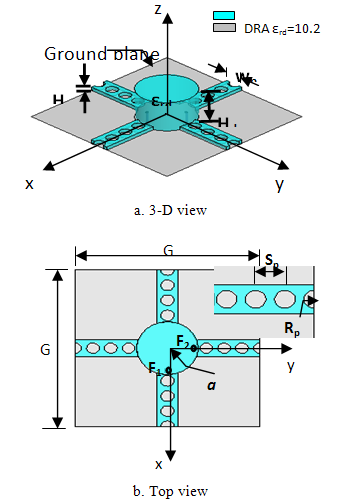
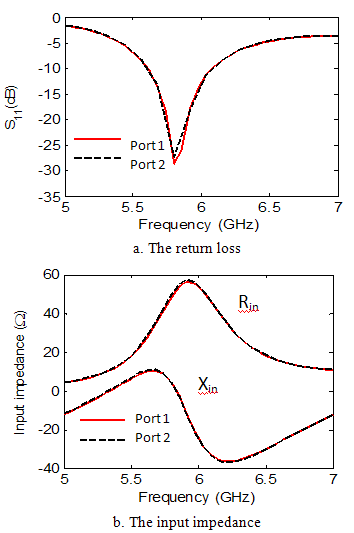
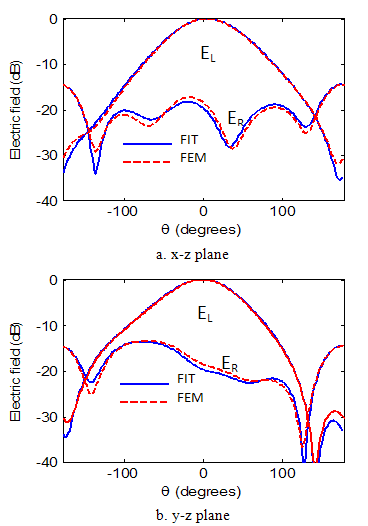
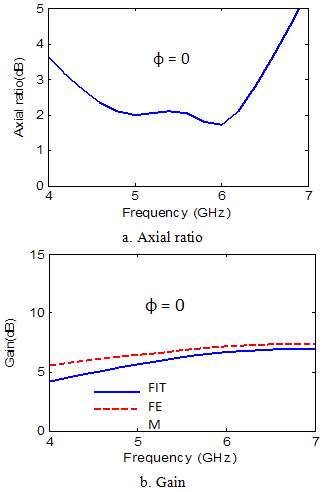
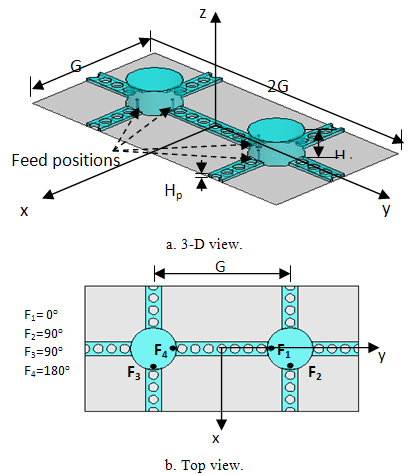
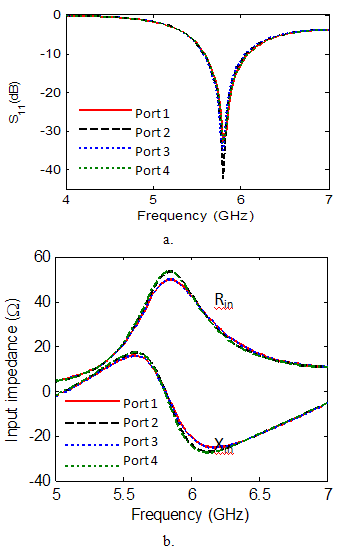
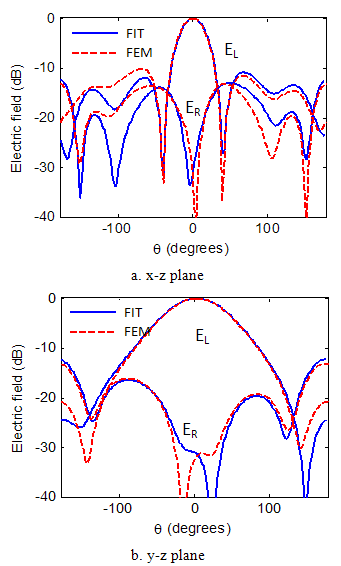
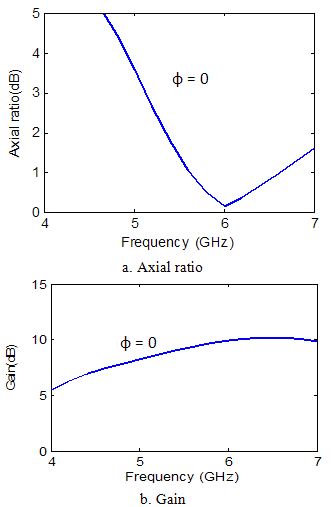
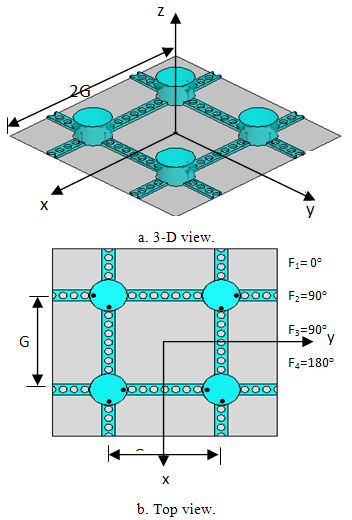
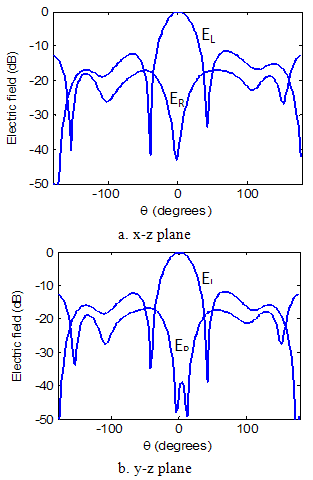
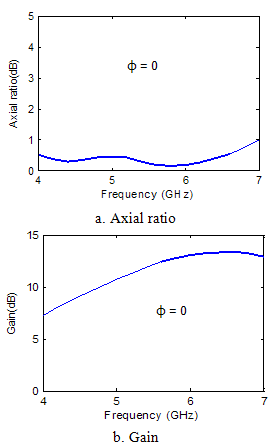



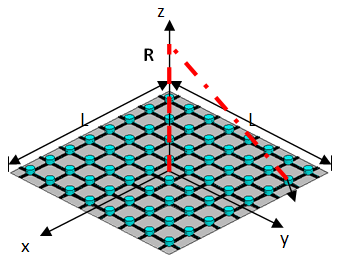

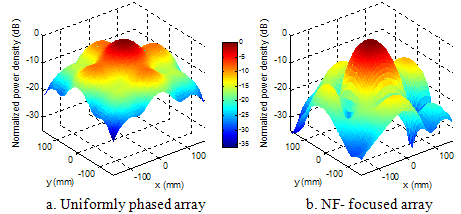
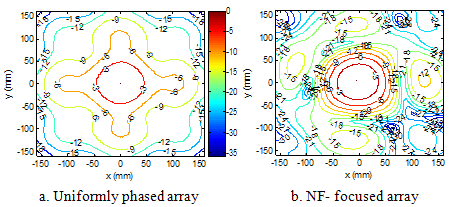
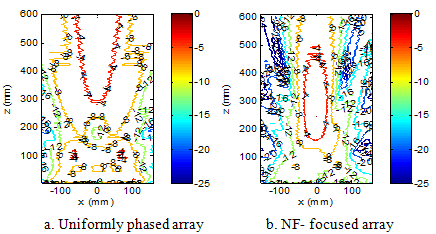
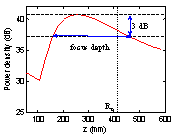
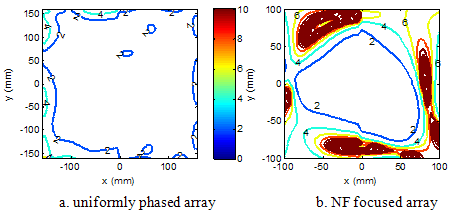
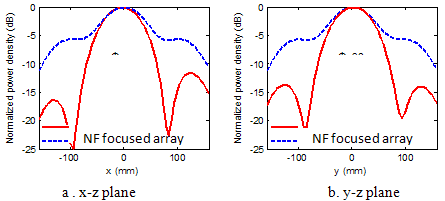
 Abstract
Abstract Reference
Reference Full-Text PDF
Full-Text PDF Full-Text HTML
Full-Text HTML